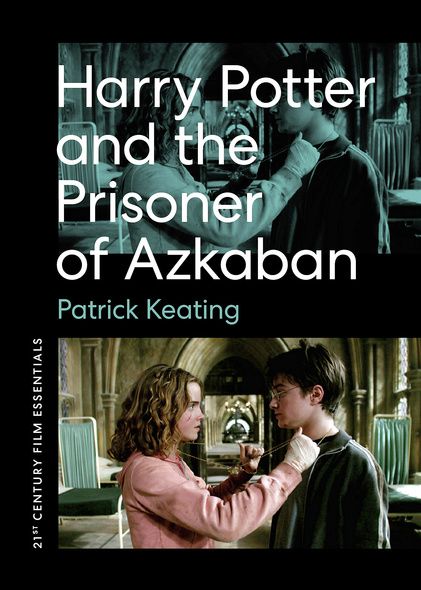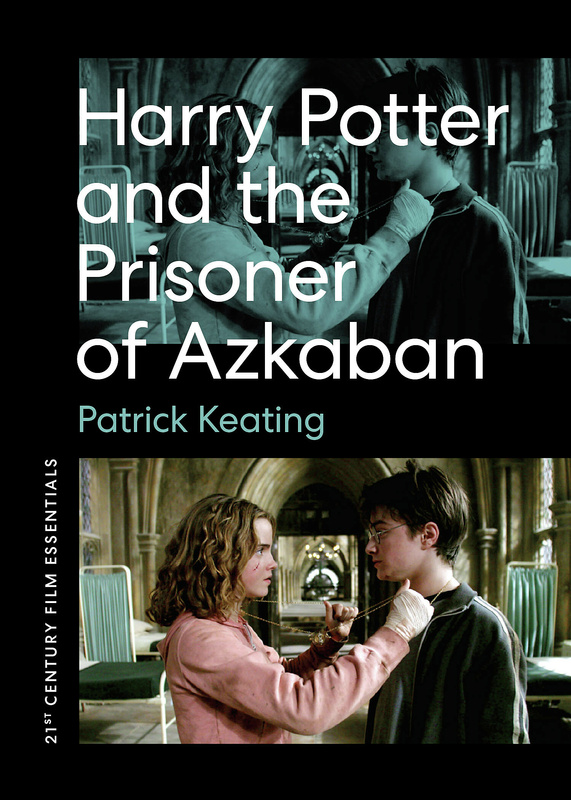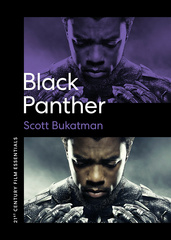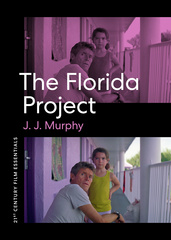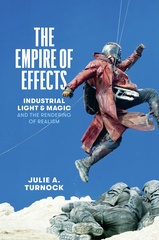Harry Potter and the Prisoner of Azkaban
An essential work of twenty-first-century cinema, Alfonso Cuarón’s 2004 film Harry Potter and the Prisoner of Azkaban is an elegant exemplar of contemporary cinematic trends, including serial storytelling, the rise of the fantasy genre, digital filmmaking, and collaborative authorship. With craft, wonder, and wit, the film captures the most engaging elements of the novel while artfully translating its literary point of view into cinematic terms that expand on the world established in the book series and previous films.
In this book, Patrick Keating examines how Cuarón and his collaborators employ cinematography, production design, music, performance, costume, dialogue, and more to create the richly textured world of Harry Potter—a world filtered principally through Harry’s perspective, characterized by gaps, uncertainties, and surprises. Rather than upholding the vision of a single auteur, Keating celebrates Cuarón’s direction as a collaborative achievement that resulted in a family blockbuster layered with thematic insights.
Keating has produced not only a subtle, supple analysis of the film but also a model for how to understand cinematic storytelling in the age of the blockbuster.
Keating’s lucid and accessible style is one of the hallmarks of this book. He writes like a born teacher, and in describing how Cuarón recreates Rowling’s gifts for suspense and narrative momentum, he creates his own sense of suspense and anticipation for his next revelation about the magic of cinema.
Patrick Keating is a professor of communication at Trinity University in San Antonio, where he teaches courses in film and media studies. He is the author of Hollywood Lighting from the Silent Era to Film Noir and The Dynamic Frame: Camera Movement in Classical Hollywood and the editor of the essay collection Cinematography.

